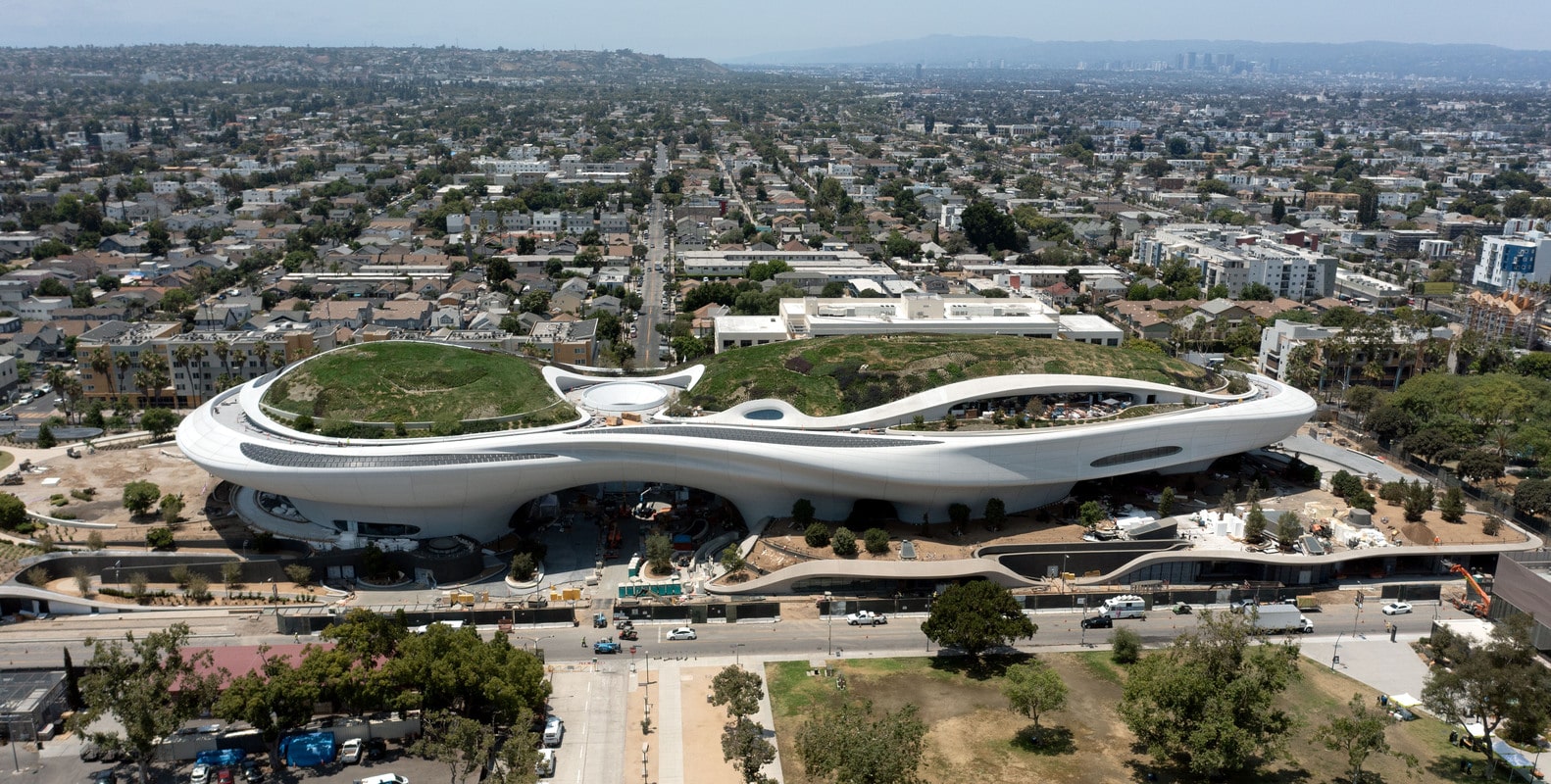- Home
- Articles
- Architectural Portfolio
- Architectral Presentation
- Inspirational Stories
- Architecture News
- Visualization
- BIM Industry
- Facade Design
- Parametric Design
- Career
- Landscape Architecture
- Construction
- Artificial Intelligence
- Sketching
- Design Softwares
- Diagrams
- Writing
- Architectural Tips
- Sustainability
- Courses
- Concept
- Technology
- History & Heritage
- Future of Architecture
- Guides & How-To
- Art & Culture
- Projects
- Interior Design
- Competitions
- Jobs
- Store
- Tools
- More
- Home
- Articles
- Architectural Portfolio
- Architectral Presentation
- Inspirational Stories
- Architecture News
- Visualization
- BIM Industry
- Facade Design
- Parametric Design
- Career
- Landscape Architecture
- Construction
- Artificial Intelligence
- Sketching
- Design Softwares
- Diagrams
- Writing
- Architectural Tips
- Sustainability
- Courses
- Concept
- Technology
- History & Heritage
- Future of Architecture
- Guides & How-To
- Art & Culture
- Projects
- Interior Design
- Competitions
- Jobs
- Store
- Tools
- More

The restoration of old buildings is a complex and multifaceted endeavor that intertwines the preservation of history with the challenges of modern construction and engineering. These structures, ranging from ancient landmarks to historic residential properties, are not just physical entities but repositories of cultural and architectural heritage. The process of restoration goes beyond mere repair or renovation; it involves a deep commitment to preserving the past while meeting contemporary standards. However, this noble pursuit comes with a substantial financial burden. The costs involved in such projects can be daunting, encompassing not only the physical restoration but also the intricate processes of planning, compliance, and long-term maintenance.
Financially, restoring an old building is akin to navigating a labyrinth of unforeseen expenses and meticulous detail. The pursuit of historical accuracy demands authentic materials and specialized craftsmanship, often at a premium cost. Additionally, these projects must adhere to a myriad of regulations, including building codes and environmental standards, which further inflate expenses. Structural surprises, such as hidden damage or outdated systems, can escalate costs unexpectedly. Moreover, integrating modern amenities and technology into these historic structures requires a delicate balance, ensuring that the essence of the past is not lost amidst contemporary upgrades. The financial implications of such endeavors extend beyond the restoration process itself, as the ongoing maintenance and care of these buildings require a sustained financial commitment, underscoring the dedication required to preserve our architectural legacy.

Table of Contents
ToggleThe Financial Burden of Historical Accuracy
One of the primary cost factors in restoring old buildings is the commitment to historical accuracy. This involves sourcing authentic materials, which are often expensive due to their rarity or the need for specialized production methods. For instance, replicating original woodwork or masonry can require the skills of artisan craftsmen, adding to the overall cost.
Regulatory and Compliance Costs
Restoration projects must comply with a plethora of local, national, and sometimes international regulations. These can include building codes specific to historic preservation, environmental regulations, and health and safety standards. Navigating this regulatory landscape not only requires expert knowledge but also often entails additional expenses, such as fees for permits and inspections.

Structural Challenges and Surprises
Old buildings frequently harbor structural surprises that can escalate restoration costs. Issues like foundational weaknesses, water damage, or termite infestations may not be evident until the restoration is underway. Addressing these challenges can be costly, particularly when they require modern engineering solutions to be integrated with historic construction methods.
Technological Integration and Modernization
Integrating modern technology into old structures, such as electrical, plumbing, and HVAC systems, is a delicate and often expensive process. It involves retrofitting contemporary amenities in a way that does not compromise the building’s historical integrity. This balance between modern comfort and historical authenticity is a costly but necessary aspect of restoration.

Labor and Expertise
The labor involved in restoring old buildings is a significant cost driver. Skilled professionals such as architects, engineers, historians, and specialized tradespeople are essential for a successful restoration. Their expertise ensures that the work is done correctly and sustainably, but it also comes at a premium.
Maintenance and Long-Term Upkeep
Post-restoration, the ongoing maintenance of old buildings can be more expensive than for newer structures. Regular upkeep, repairs, and the need for specialized care to preserve historical elements add to the long-term financial commitment of owning or managing a restored building.
Restoring old buildings is a complex and costly undertaking that demands careful planning and considerable resources. The financial investment, however, is often justified by the cultural and historical value that these buildings represent. Ensuring the survival of our architectural heritage for future generations is a responsibility that comes with a price, but the preservation of history is a priceless endeavor.

Submit your architectural projects
Follow these steps for submission your project. Submission FormLatest Posts
Suzhou Museum of Contemporary Art by BIG
Suzhou Museum of Contemporary Art (Suzhou MoCA), designed by BIG, reinterprets Suzhou’s...
Lucas Museum of Narrative Art to Open in Los Angeles in September 2026
Opening in 2026, the Lucas Museum of Narrative Art brings a sculptural...
Xiao Feng Art Museum by ZAO/Zhang Ke Architecture Office
Xiao Feng Art Museum by ZAO/Zhang Ke Architecture Office merges contemporary design...
Museum Bezau by Innauer-Matt Architekten
Museum Bezau by Innauer-Matt Architekten fuses heritage and modernity through timber craftsmanship,...












Leave a comment